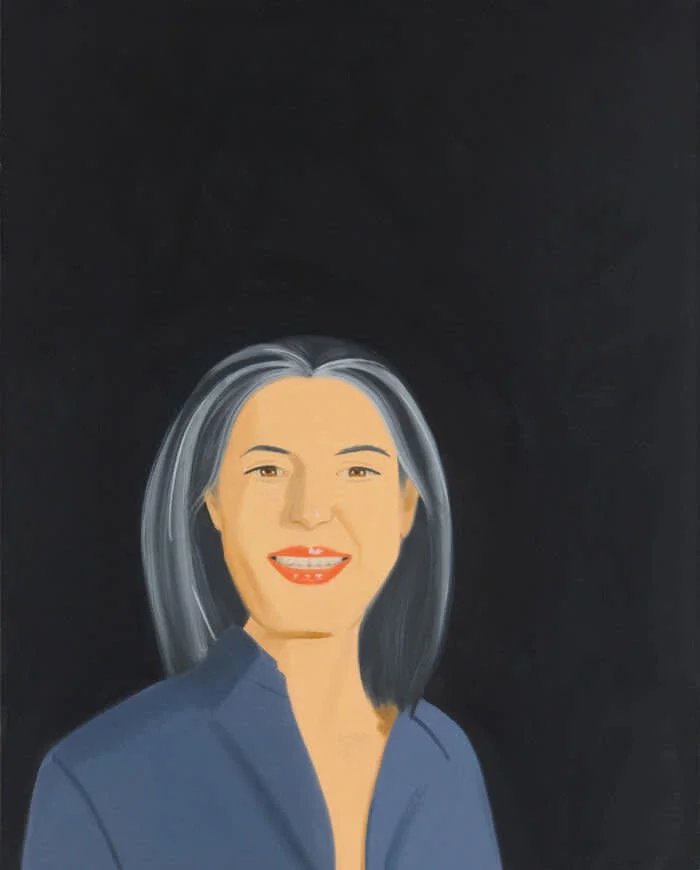This exhibition at Pallant House Gallery tells the story of a group of early-20th-century female artists in Britain who engaged in progressive art, literature and politics.
Read MoreAnish Kapoor, Louise Bourgeois, Rachel Whiteread, Gerhard Richter. These may not be names that spring to mind when you think of the British Museum, but they all have work filed away in its extensive archive of prints and drawings.
Read MoreHalfway through the first-ever exhibition devoted to Lucian Freud’s self-portraits is a tiny canvas of the artist with a black eye. After getting into a scrape with a London cab driver, Freud hurried to his studio to document the effects of the blow.
Read MoreDora Maar’s surrealist photographs linger in the memory long after the first look. Take Portrait of Ubu (1936), a melancholy armadillo foetus, or Untitled (Hand-Shell) (1934), where elegant fingers replace the nubby body of a hermit crab, scuttling along the sand.
Read MoreThink ‘Pre-Raphaelite’ and you picture luminous paintings of waify maidens with copper-coloured hair, loose clothing and a far-off look in their eyes. Prostitutes, mistresses, sorceresses and other ‘fallen women’ in need of masculine intervention.
Read MoreAt London’s National Gallery, the first exhibition devoted to Gauguin’s portraits begins with a bang: a room of self-portraits and the announcement that ‘Gauguin was undoubtedly self-obsessed.’
Read MoreIt’s only fitting that a gallery should focus on portraiture at Frieze Masters. After all, the characters who frequent this fair — and particularly its glitzier sister, a short walk through Regent’s Park — are scrutinised as carefully as the art.
Read MoreTim Walker’s whimsical photographs are instantly recognizable. Think of the giant plastic doll with golden ringlets and rosy cheeks about to step on the supermodel Lindsey Wixson in a 2012 shoot for Vogue Italia.
Read More“If I’d opened a gallery here in the beginning, no one would have come,” says Joana Grevers, sitting in the sun-dappled courtyard of her old family estate in Cetate, a small village on the Danube in southwest Romania.
Read MoreA streak of light stealing through a crack beneath a closed door. Tadpole-like raindrops wriggling down four window panes. Lois Dodd’s paintings capture the ordinary in an extraordinary way.
Read MoreWhen she was about eight years old, Cindy Sherman began compiling a family photo album. She called it ‘A Cindy Book’, drew a circle around herself if she was pictured alongside others and added a pithy caption below each of the 26 images: ‘That’s me’.
Read MoreThere’s a ghostly quality to Helene Schjerfbeck’s paintings. Her interiors and landscapes are devoid of people, while her intimate portraits capture people in moments of quiet introspection.
Read MoreIt’s easy to identify Elizabeth Macneal’s house in east London: the windowsill is lined with succulents sprouting from an assortment of striped and spotted pots. She started with one evening class a week. “I produced many deformed and far from watertight pots,” she tells me, “and then I gradually got better.”
Read MoreCross the threshold into the exhibition of works by Madge Gill and you’ll find yourself in a silken web. All four walls of the small space are filled with the self-taught spiritualist artist’s feverishly detailed drawings, embroideries and textiles.
Read MoreHow do you compete in a landscape where small and midsize galleries falter while big names flourish? This is the kind of question the next generation of art and design specialists are asking themselves.
Read MoreIts image of straitlaced country folk has the ability to intrigue and unsettle. What’s the subtext of “American Gothic” and what does it tell us about the American people?
Read MoreOf all the Russian avant-garde artists of the 20th century, Goncharova was the most experimental. She absorbed the artistic styles around her, from religious icons to the latest trends in modernism.
Read MoreThe acclaimed American author’s writing is whip-smart and bleakly funny. In conversation with Monocle’s Chloë Ashby she talks about her third novel My Year of Rest and Relaxation, New York in the early 2000s, and why she writes.
Read MoreThe Second Shelf may be small but it has a mighty ambition: to rediscover works by and about women, to generate excitement around rare books and to foster gender equality in the literary canon.
Read More


















